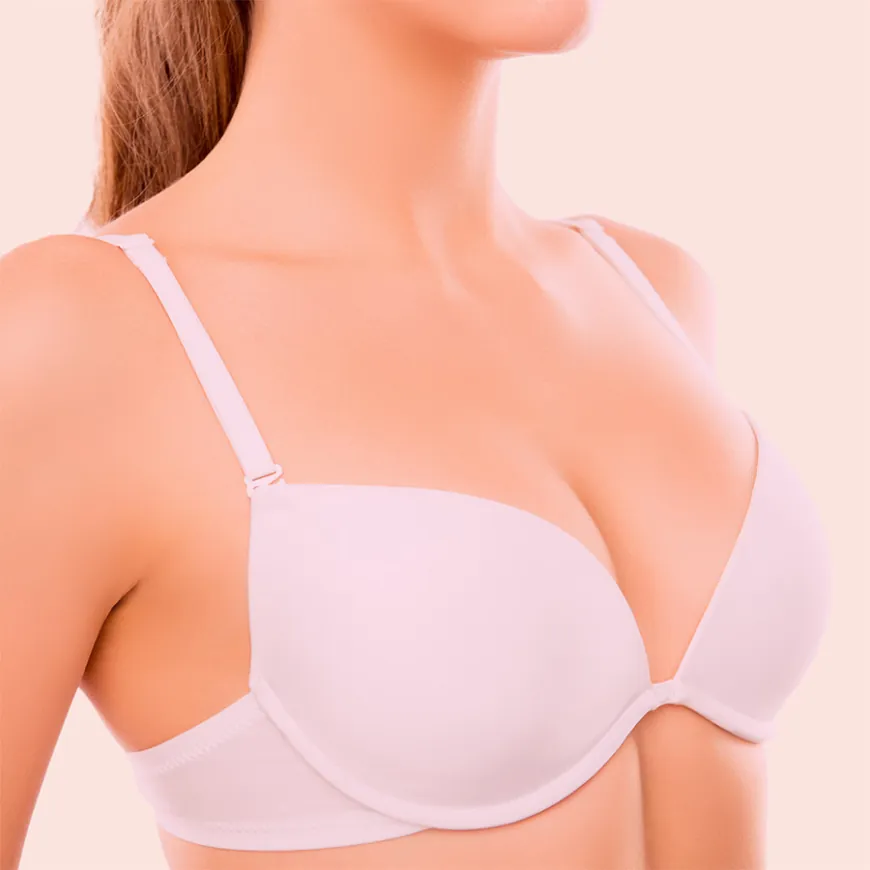What Are the Risks Associated with Breast Fillers?
Breast fillers are a non-surgical cosmetic treatment designed to enhance breast volume and shape.

Breast fillers have become a popular choice for women seeking non-surgical breast enhancement. While they offer several benefits, including immediate results and minimal downtime, it is essential to understand the potential risks and complications associated with the Breast Filler Dubai. This article will explore the various risks linked to breast fillers, helping individuals make informed decisions about their cosmetic choices.
Common Risks and Complications
-
Swelling and Bruising
- Overview: Swelling and bruising are common side effects following any injectable treatment, including breast fillers.
- Duration: These effects typically resolve within a few days to a week.
- Management: Applying ice packs and avoiding strenuous activities can help reduce swelling.
-
Asymmetry
- Overview: Achieving perfect symmetry can be challenging, especially with injectable fillers.
- Causes: Variations in anatomy, injection technique, and filler distribution can lead to uneven results.
- Resolution: In some cases, additional filler may be needed to correct asymmetry.
-
Infection
- Overview: Any injection carries a risk of infection at the injection site.
- Symptoms: Signs of infection may include redness, warmth, swelling, and discharge.
- Prevention: Choosing a qualified practitioner and following aftercare instructions can minimize this risk.
-
Allergic Reactions
- Overview: Some patients may experience allergic reactions to the filler material.
- Symptoms: Reactions can range from mild redness and itching to severe anaphylaxis in rare cases.
- Testing: Discussing any known allergies with the practitioner before treatment is crucial.
-
Granulomas
- Overview: Granulomas are small lumps that can form at the injection site due to an inflammatory response.
- Causes: They may occur if the body reacts to the filler material.
- Management: Treatment may involve corticosteroid injections or surgical removal in persistent cases.
-
Migration of Filler
- Overview: In some instances, the filler may migrate from the original injection site to surrounding tissues.
- Consequences: This can lead to uneven results or lumps in unintended areas.
- Prevention: Proper injection technique and choosing a skilled practitioner can help reduce this risk.
-
Vascular Complications
- Overview: Rarely, fillers can inadvertently be injected into a blood vessel, leading to serious complications.
- Symptoms: Signs may include sudden pain, discoloration, or loss of blood supply to the area.
- Emergency Response: Immediate medical attention is required to address vascular complications.
-
Long-Term Effects
- Overview: The long-term effects of breast fillers are not fully understood, especially with newer filler materials.
- Concerns: Potential long-term complications may include changes in breast tissue or the formation of scar tissue.
- Monitoring: Regular follow-ups with a practitioner can help monitor any changes over time.
Factors Influencing Risks
- Practitioner Experience: The skill and experience of the practitioner play a significant role in minimizing risks. Choosing a board-certified and experienced injector is crucial.
- Type of Filler Used: Different fillers have varying properties and risks. Understanding the specific filler being used can help patients make informed choices.
- Individual Anatomy: Each person's anatomy is unique, which can affect how the filler behaves and the potential for complications.
- Aftercare Compliance: Following post-treatment care instructions can significantly reduce the risk of complications.
Conclusion
While breast fillers offer a non-surgical option for breast enhancement, it is essential to be aware of the associated risks and complications. Common issues such as swelling, bruising, and asymmetry can often be managed, but more serious complications like infections and vascular issues require immediate attention. To minimize risks, individuals should choose a qualified practitioner, discuss their medical history, and adhere to aftercare instructions. By being informed and cautious, patients can enjoy the benefits of breast fillers while minimizing potential complications.












